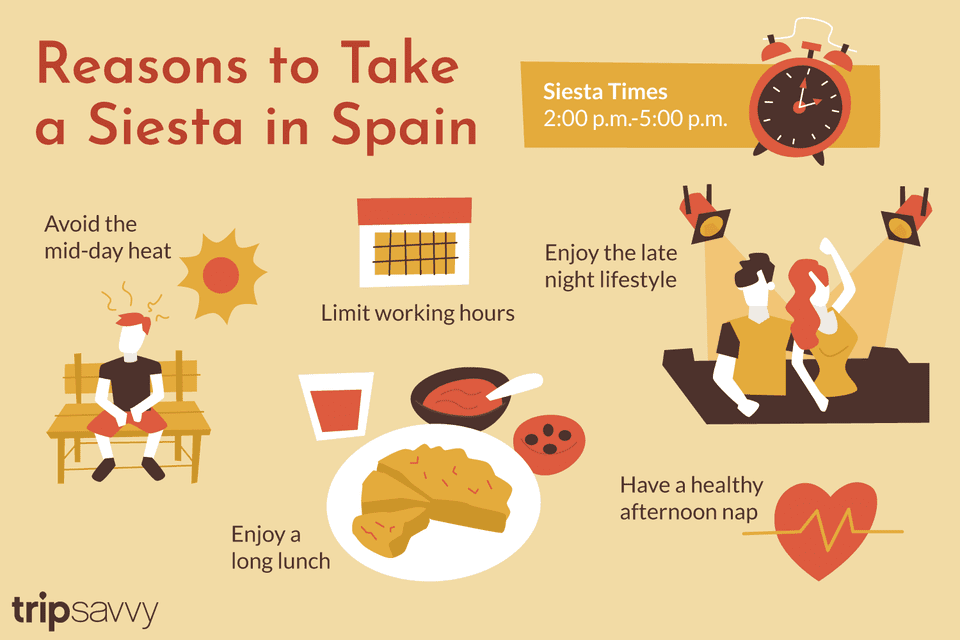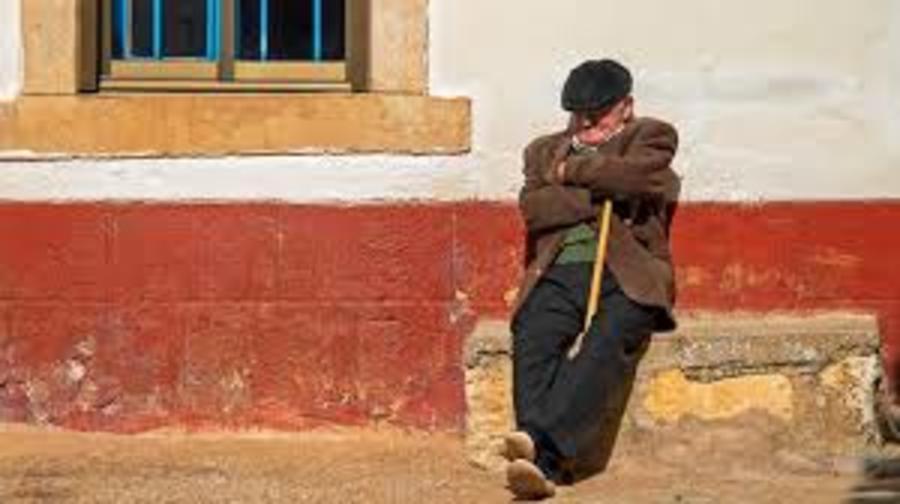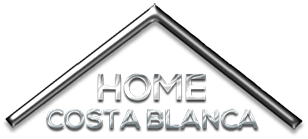Tue 11 February 2020
Spain News | Siesta Time
The Spanish siesta (meaning “nap”) is a tradition that everyone knows about but few people put into practice.
In Spain, lunch is the biggest meal of the day. Since Spaniards don’t take breakfast very seriously (many even skip it) and dinner tends to be something light at the very end of the day, people tend to eat a lot at lunchtime. After a large meal, much of your blood goes to your stomach to help with digestion. This means there’s less blood flowing to your brain, and you start to feel drowsy and tired. (Ever heard of a food coma?)
This, combined with the fact that Spain usually experiences high temperatures at midday, especially in the summer, makes doing any type of work or activity, whether mental or physical, an uphill battle.
These factors explain why one of the many Spanish customs involves taking a nap after lunch. This means that most businesses and stores close between 2 and 4pm so employees can go home, eat, and take a rest from working during the hottest part of the day. Although Spaniards are quite used to having the city grind to a halt for a few hours in the middle of the day, foreigners often find siesta time frustrating, as they might have planned on walking around or shopping.
In the 1980s and 1990s, NASA conducted a study on airline pilots to find out if napping really had as many positive effects as people thought. They divided the pilots into two groups: over the course of six days, one group had a 40-minute nap every day and the other group didn’t. At the end of the study, they found that the pilots who had slept had increased brain activity and were more alert compared to those who hadn’t slept.
Different studies recommend napping for between 20 and 30 minutes. That’s the ideal amount of time to reduce sleepinesss, increase alertness, and improve cognitive function, reaction time, and mood. Another advantage of napping is a reduction in blood pressure, which is good news for your heart.
So, now’s the time to make the most of your day and take a nap. But first, we have some tips to having the best siesta:
Find a calm, quiet place that’s neither too hot nor too cold.
If you want to wake up full of energy (not more tired than you were before the siesta), nap for 20 to 30 minutes, but no longer!



